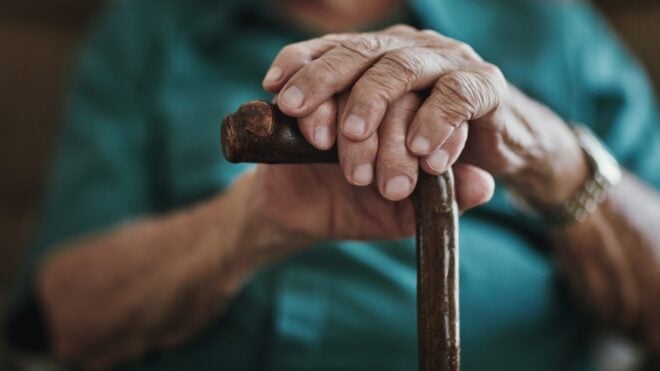Beards have made an epic comeback. If you are unfamiliar with the newly dubbed "lumbersexual," then get acquainted. (I've got two words for you: Paul. Bunyan.) The "lumbersexual" is basically a nature boy — er, man — who loves to "build stuff" with his "bare hands." He wears flannels and doesn't mind a flapjack or two for breakfast. But do you really think the ladies are swooning over these dudes' skilled carpentry or assorted plaid shirts? No, friends! The aphrodisiac is their impeccable beards.
Now, beards may be back in style these days, but there's nothing new about them. The fact that men can even grow beards has evolutionary and scientific implications going back thousands of years. Beards were more than just common in ancient civilizations, they were downright mandatory for men. Facial hair in all its forms, from goatees to muttonchops, have meant different things to different cultures since the dawn of human history.
So maybe it's time to let that man-fur shine. It's not just a trend, it's a lifestyle.
Beards Exist Solely Because They Are Sexy
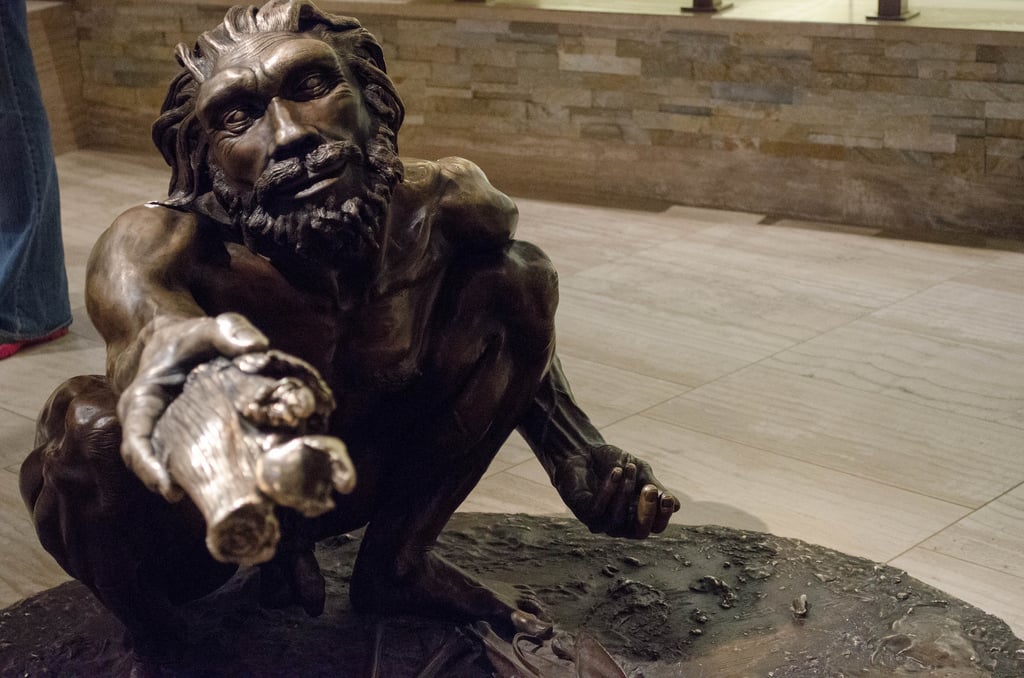
Darwin and many modern scientists believe that beards, a secondary sex characteristic (a feature unique to one sex that has little to do with reproduction), developed as a part of sexual selection. Basically, at some point the men with beards were seen as more attractive by mates. Thus, they were the ones more likely to survive and pass on those magnificent genes.
And Yes, They Are Still Attractive

Recent studies haven shown women find men with beards two-thirds more attractive than men without.
Movember Is Poorly Planned — Beards Are Seasonal

Movember was a big mistake. Facial hair growth is physiologically seasonal. In fact, November isn't even close to primetime! The peak month to grow a beard out is March. And don't even bother in January — that's when the most shedding occurs.
In Ancient Civilizations, Your Beard Was Your Honor
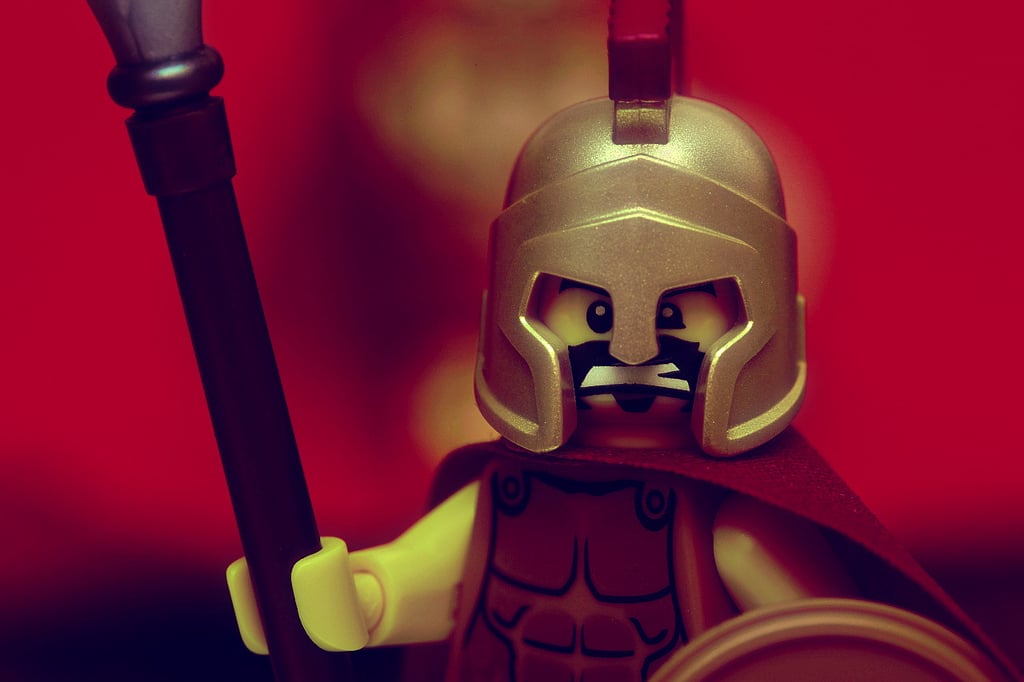
A sign of honor in ancient Greece, Spartans would cut the beards off "cowards" as punishment to emasculate them.
The Ancient Egyptians Were Pioneers In Beard Art
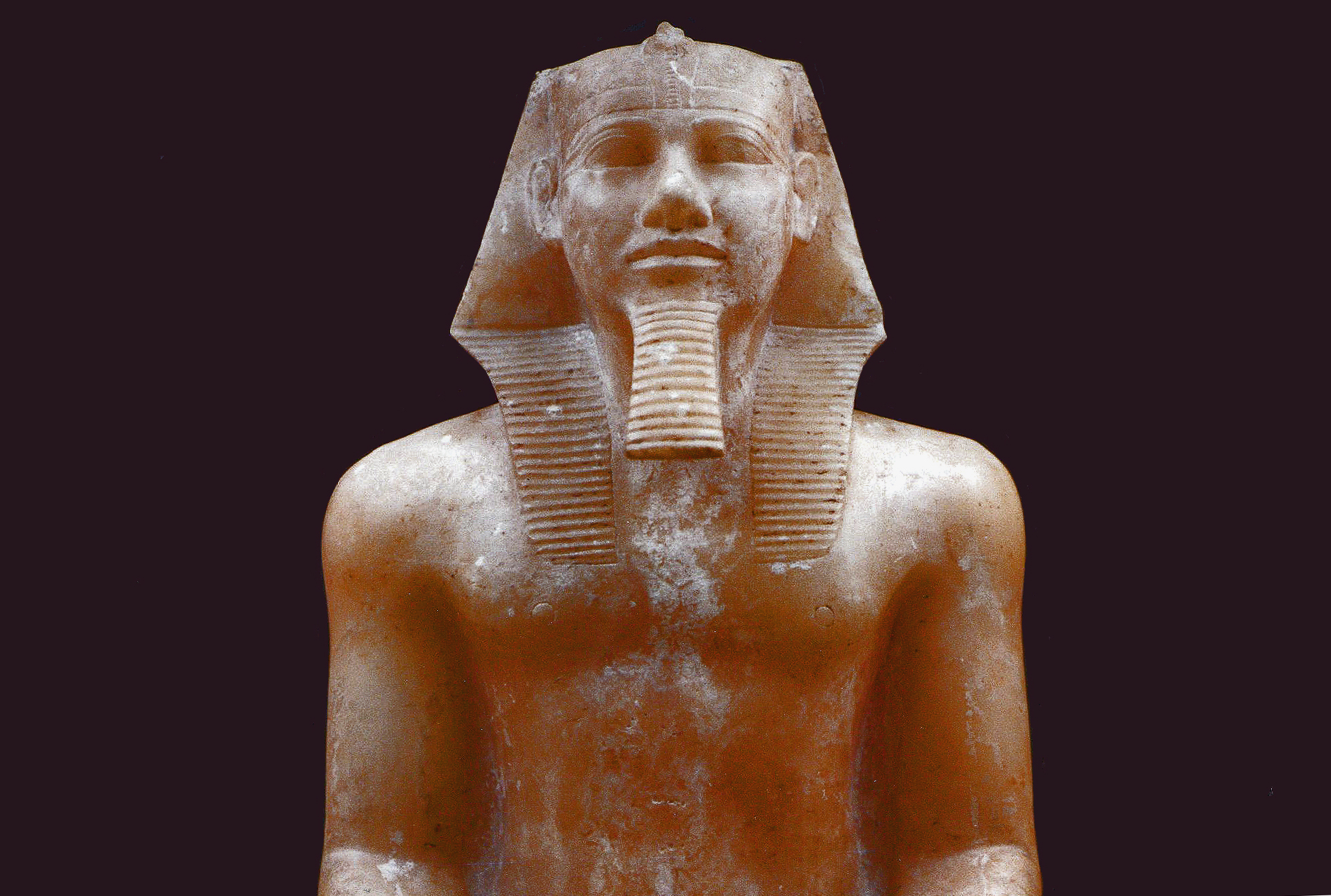
Ancient Egyptians loved to decorate their beards. They would dye them with a reddish brown henna or adorn them with golden thread. Kings and queens would even wear fake beards named “postiches.” These golden chin straps served as faux goatees.
Your Beard Could Help You Win Your Favorite Childhood Game
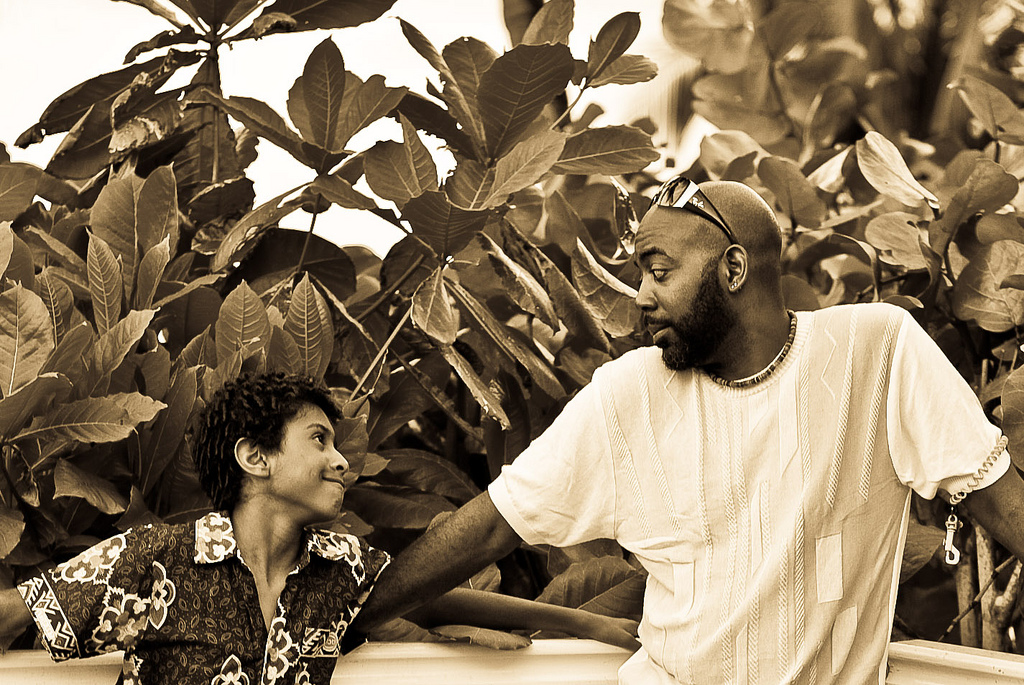
Beards make you 63% more likely to win staring contests. Who could resist the opportunity to steal a glance at such decadence?
Alexander The Great Was A Clean-Shaven Fool
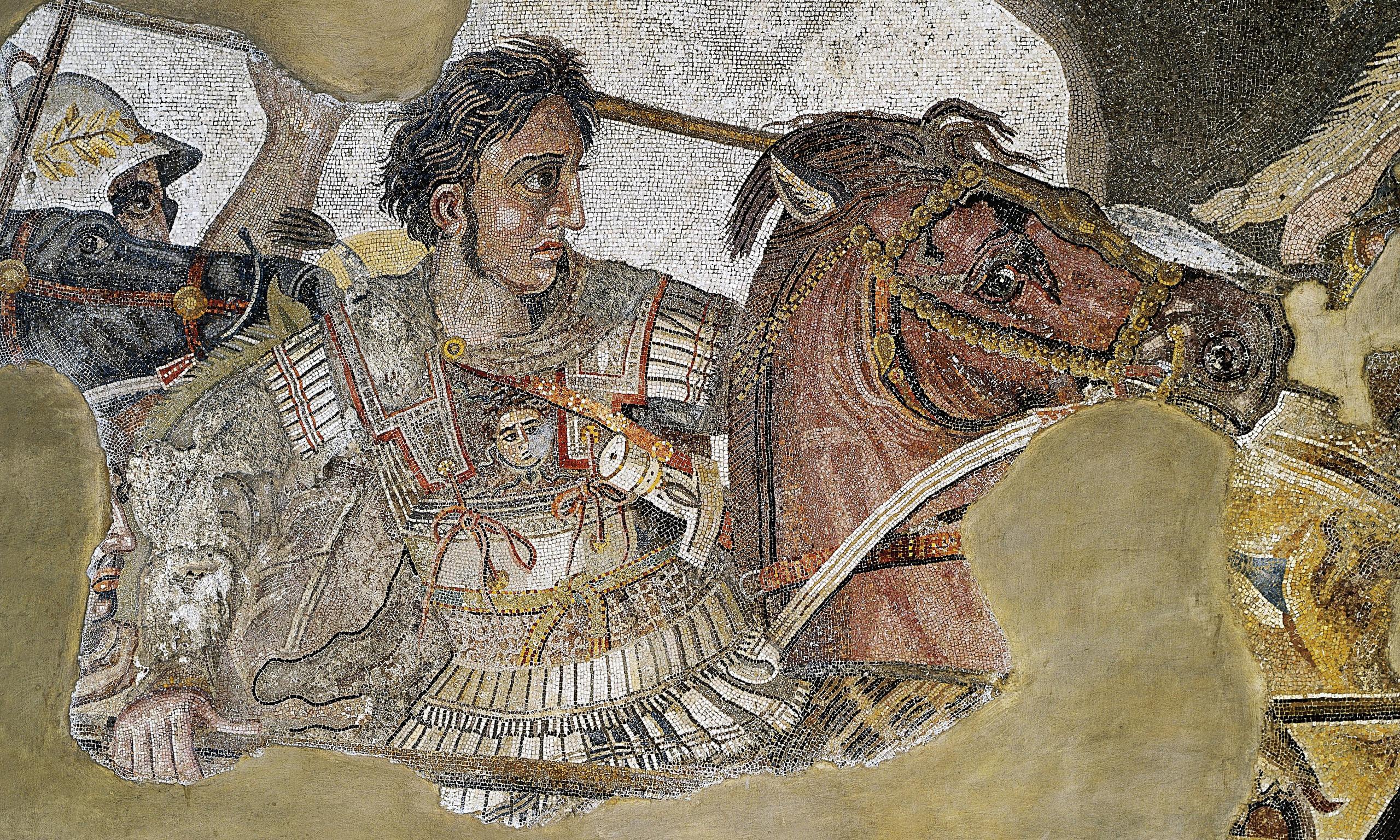
During 345 BC, Alexander the Great banned beards among his men fearing they’d be pulled on during battle. The clean-shaven look then spread from the Macedonians. Coins with images of clean-shaven Macedonian leaders were circulated, and beards were out. Eventually laws would even ban them.
Some Beards Are Secular And Some Beards Are Sacred

Some religions, like Islam and Sikhism, take their beards more seriously than the hipsters in Brooklyn. As part of their religious dogma, men are encouraged to embrace their true form and don full, luscious beards. Hey, you know what they say: “The bigger the beard, the closer to God.”
A Man's Beard Was Once Connected To His Sexual Appetite
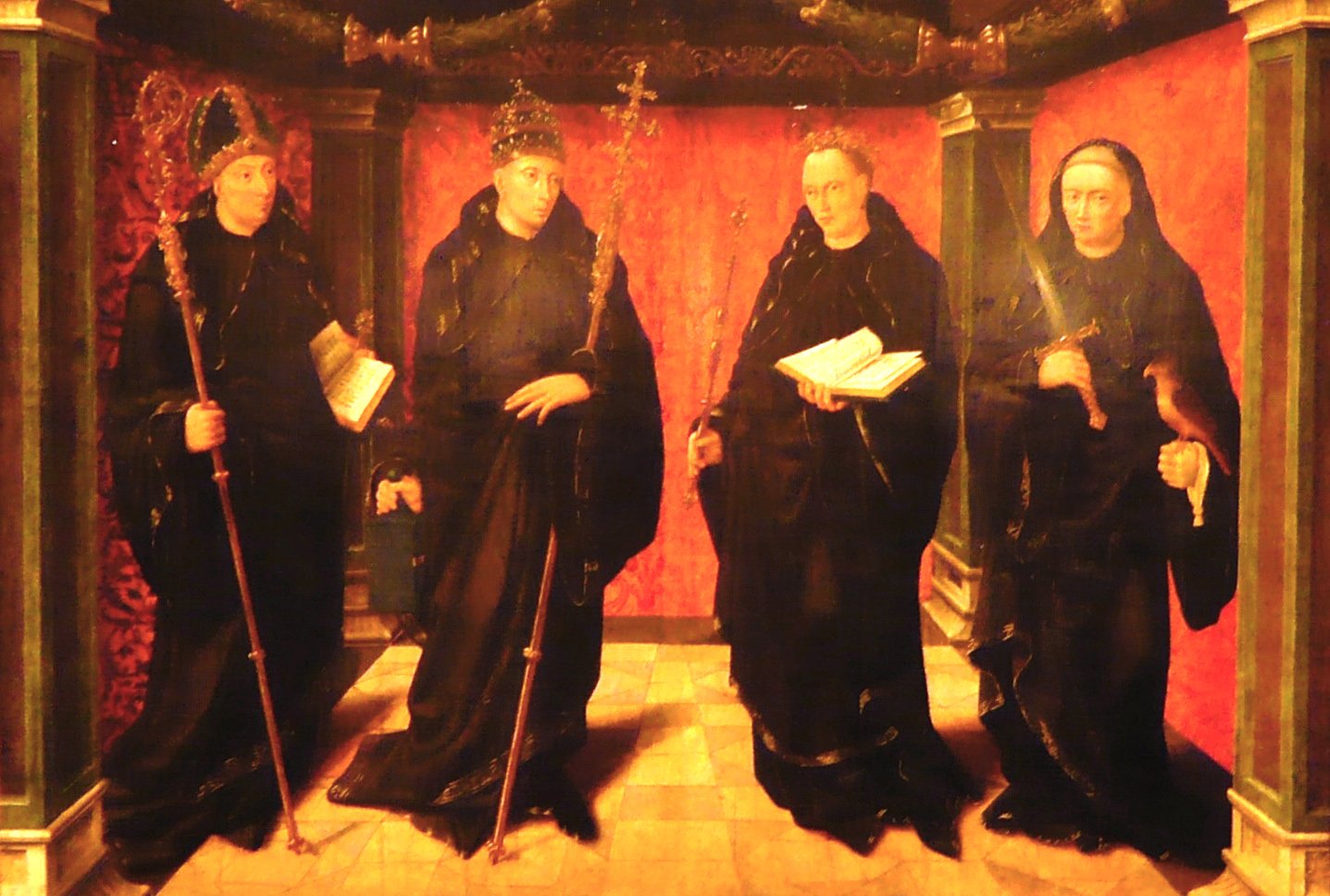
In the Middle Ages, clergymen remained clean-shaven as a sign of their celibacy while Knights donned beards as a sign of their virility.
For Some Time Beards Had Negative Connotations In America
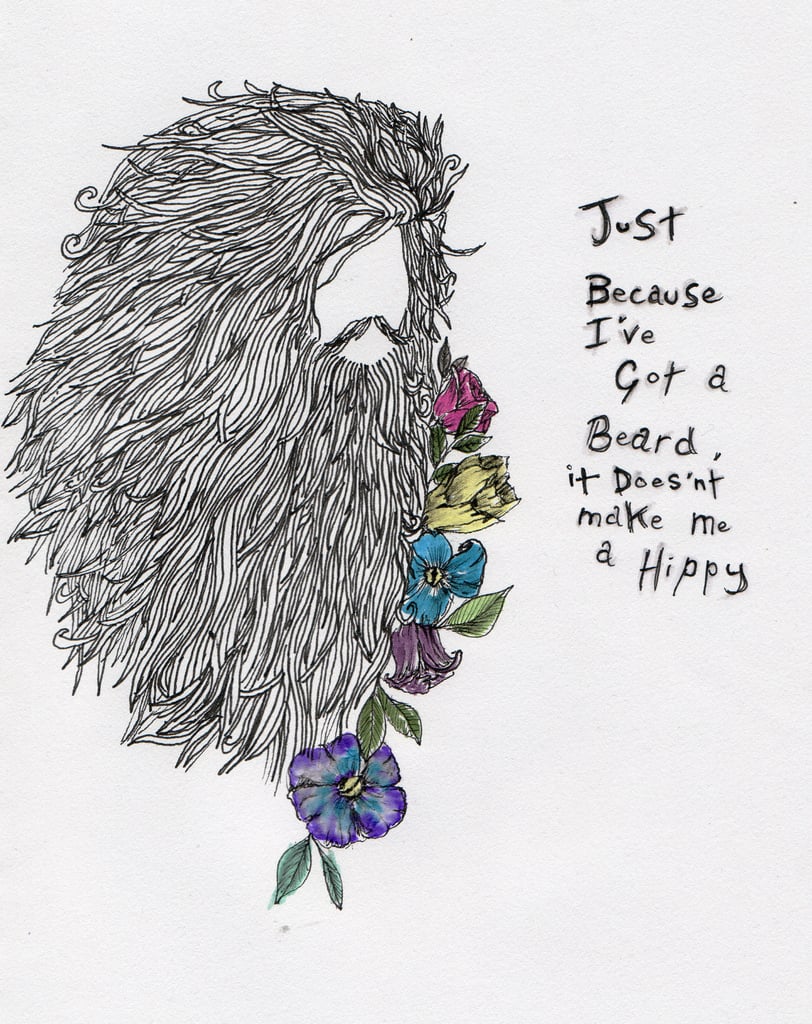
For a time in the 1960s and ’70s, beards became associated with transgressive behavior, hippies, and drug use. Thus they were embraced by the era’s youth and often denounced by the older generations.
Your Favorite Sports Team May Have A Beard Ban
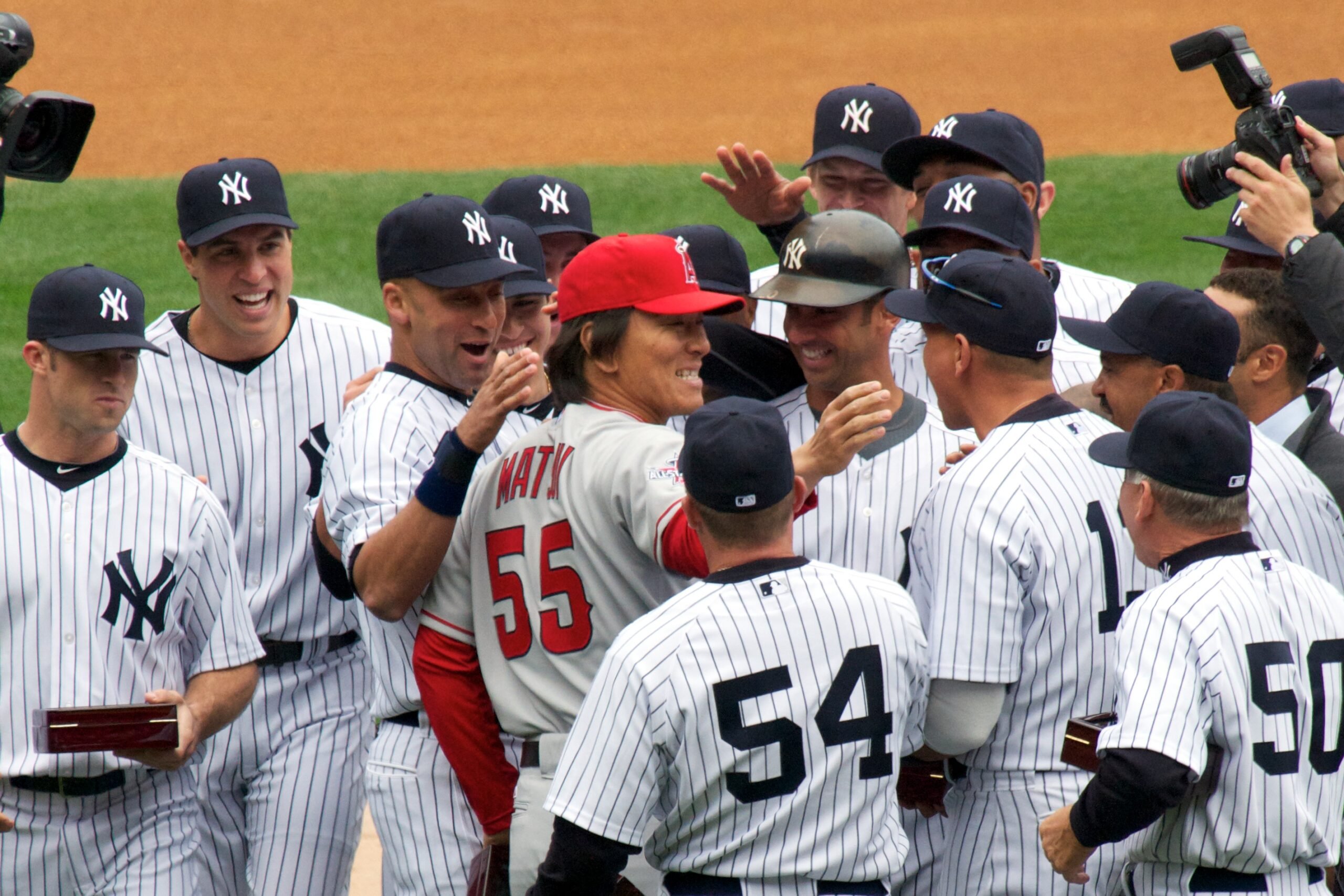
Under owner George Steinbrenner, the New York Yankees clubhouse banned facial hair below the lip. This ban persisted until 2006.
If You Never Shaved Your Beard, It Would Be Taller Than You
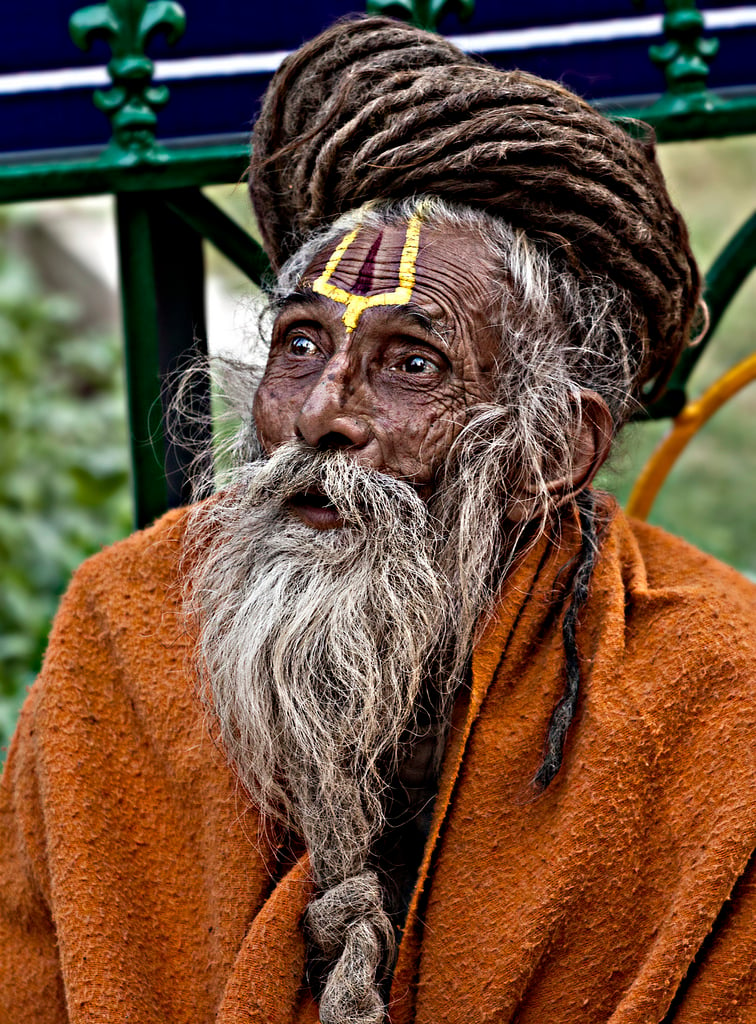
If men never shaved their beards, they’d grow to be (on average) 27.5 feet. However, the longest living beard belongs to Sarwan Singh and is 7 feet 9 inches long.


